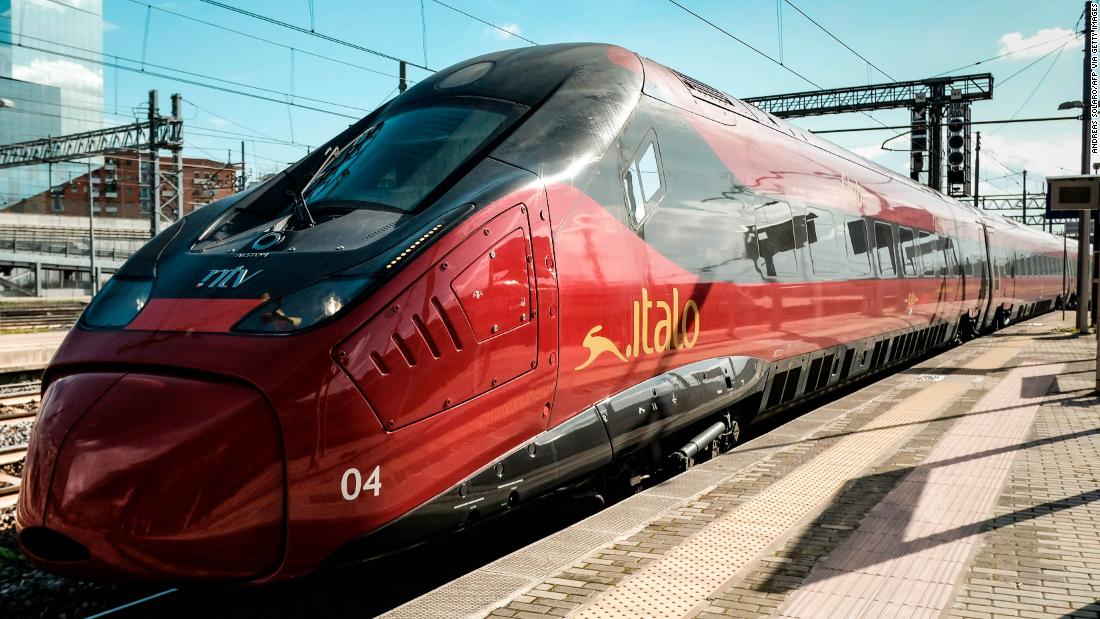lenaitch
Senior Member
I'm old enough to remember when 'Jap Scrap' was a common term. Early Japanese cars in North America were mechanically very sound, but you could just about watch the bodies rot away and it took them a number of years to make them suitable for the NA market. We had an early generation Pony. The story back then was they drew their engineering from all the military equipment left behind after the Korean War. I don't know how true it was, but if you looked under the hood, it looked an awful lot like looking under the hood of an early '50s North American vehicle. The Pony wasn't inherently a bad vehicle, just very, very basic. For all of their limitations, the Asian and European compact cars were generally far and away better that the early North American attempts.I don't doubt this for a minute. But (at the risk of sounding a bit old and crusty, but perhaps not atypical) as a car buyer I find I'm still turning up my nose at Hyundai and Kia, despite ample evidence that they build good cars. It's a newest to market thing, and I'm old enough to remember the Pony. Clearly lots of people are not of my mindset, as these cars are selling like hotcakes..... but Honda and Toyota do command brand loyalty. They have a huge opportunity to leverage that brand image.... or waste it.
(And in my defense, I have never owed a Buick..... ;-) )
- Paul
My problem with buying any new vehicle line would be the parts and dealership network. North American vehicles are built with parts sourced from all over the world, supported by an aftermarket industry. How proprietary are the parts in a Chinese-made vehicle? Can my local indy shop access their OBD codes? With the current and potentially near-term geo-political situation with Taiwan, South China Sea, etc., entire supply chains could be disrupted quite easily if virtually everything nut and bolt has to come from China. Being the larger market, especially California, how willing is the average US buyer willing to support a Chinese manufacturer? Stuff made in China (and Viet Nam and Mexico, etc.) for worldwide brands is something a lot of consumers don't usually dwell on, but a Chinese-branded company, I'm not sure.
Maybe they could scare the North American into upping their game, much like








